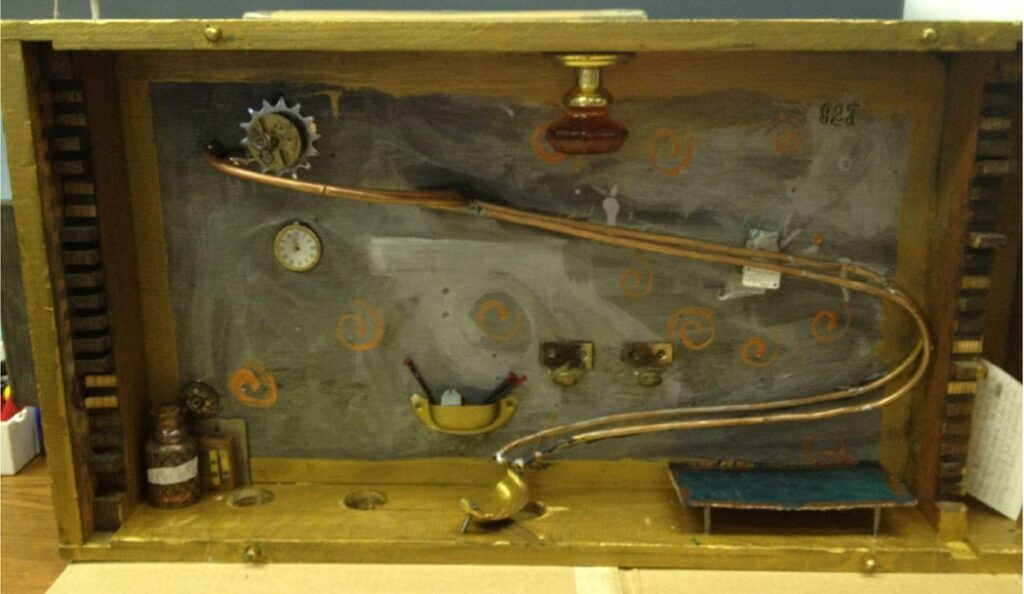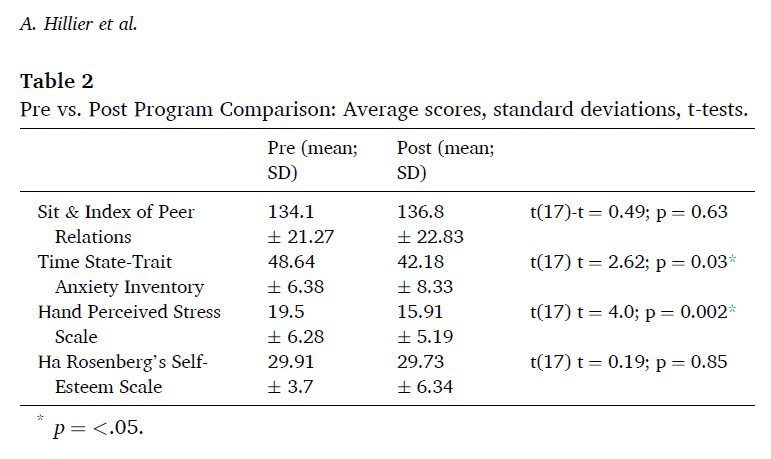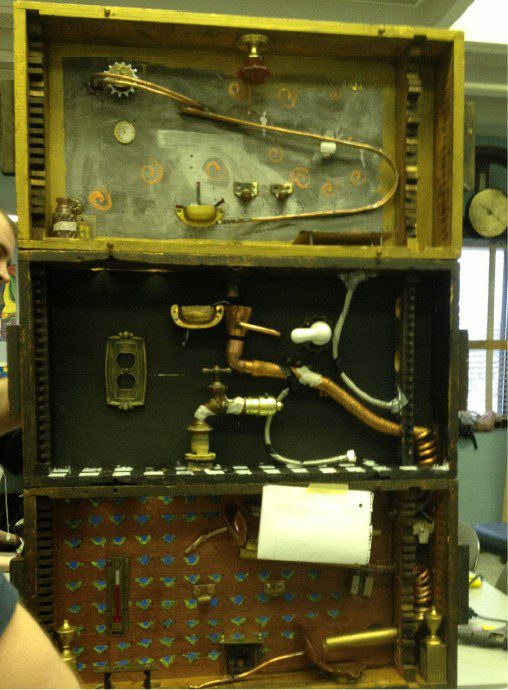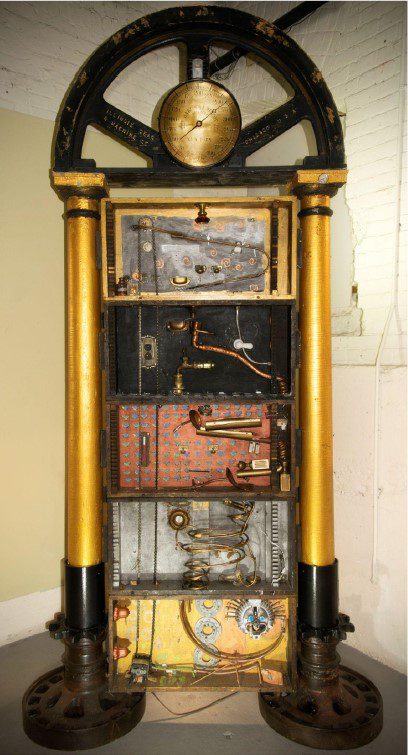
Participants and parents alike reported lower levels of stress and anxiety during and immediately after the 9-week program. Some observed a greater sense of comradery, teamwork, and the potential for connecting with new friends as documented by university researchers.
A B S T R A C T
Art based programs have been implemented successfully with autistic children and youth, demonstrating significant benefits for communication, behavior, social skills, and emotion regulation. This study reports on the implementation and preliminary outcomes of a Steampunk art program for autistic youth, “Steampunkinetics”. The Steampunk art genre is grounded in technology, mechanics, creativity, divergent thinking, and attention to detail and therefore would provide a strengths-based platform for building on skills and interests of autistic youth. This study aimed to evaluate the impact of Steampunkinetics on participants’ experiences of anxiety, stress, peer relationships and self-esteem. During Steampunkinetics participants engaged in a range of art-based activities incorporating the Steampunk genre. Participants completed standardized self-report measures to evaluate the impact of the program, and a focus group was conducted with parents to gather feedback on their child’s response to the program. Findings indicated a significant decrease in anxiety and stress, and participants rated the program as enjoyable and interesting. No significant change was observed in self-esteem or peer relationships, although the majority of participants reported developing friendships during the program. Qualitative analysis of the parent focus group identified several themes which reflected those seen in the quantitative data. These findings are an important contribution given the mental health benefits of art-intervention programs and the need for validated programs designed for autistic youth.

CONCLUSION
The need for safe, inclusive spaces for autistic adolescents and young adults cannot be underestimated. Since so many autistic people with autism struggle to live in a world that was not made for them, it is necessary for autistic people to have spaces where they cannot only gain skills and make friends, but also have the opportunity to demonstrate their interests and creativity in a non-judgemental space. The Steampunkinetics program sought to do just that. With so many autistic people feeling they need to hide natural tendencies in order to be accepted in society (Bernardin et al., 2021; Lawson, 2020), it is essential for autistic people to have spaces where they can be their authentic selves.
Overall, the results obtained during the Steampunkinetics art program are promising. Participants in the program reported lower levels of stress and anxiety, and some reported making friends due to their participation in the program. Parents also spoke favorably about the program, with some discussing how it expanded their child’s horizons in various ways. We believe a range of factors in the design of Steampunkinetics contributed to these outcomes and helped fill the gaps that other types of interventions cannot. Foremostly, the safe space created by Steampunkinetics where participants felt included and respected was paramount. Incorporating suggestions from autistic individuals during the planning stages of the program helped us establish a program philosophy and curriculum that would be appealing and affirming to adolescents and young adults with autism. Engaging in activities that interested them and tapped into existing strengths while fostering social interactions, are unique features of Steampunkinetics. Similarly, the opportunity to use their hands, physically manipulate objects to create their own designs, and engage in experiential learning rather than discussion based or “lesson” type formats, set Steampunkinetics apart from other available interventions in the community. Similar art programs could be beneficial to autistic adolescents and adults. Building on the strengths of neurodivergent populations and including their voices should be central to this future work.
About the Journal
The Arts in Psychotherapy is a dynamic, contemporary journal publishing evidence-based research, expert opinion, theoretical positions, and case material on a wide range of topics intersecting the fields of mental health and creative arts therapies. It is an international peer-reviewed journal.




